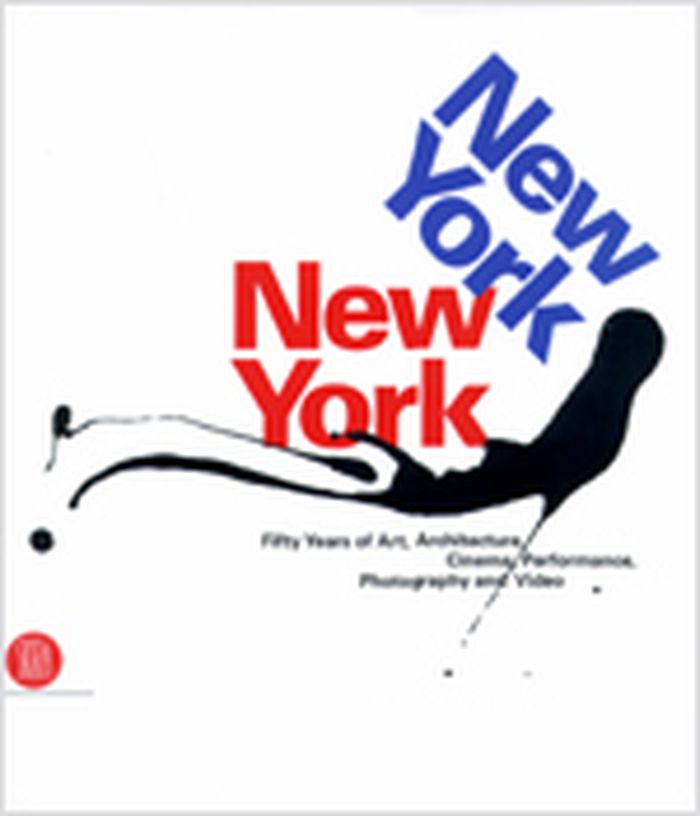books
$66.50
(available to order)
Summary:
During the 1970s, the National Endowment for the Arts Photography Surveys granted money to photograph American cities at the bicentennial and years that followed. In “Through the Lens of the City: NEA Photography Surveys of the 1970s”, Mark Rice brings to light this long-neglected photographic endeavour. From 1976 to 1981, the NEA supported more than seventy projects(...)
Through the lens of the city : NEA photography surveys of the 1970s
Actions:
Price:
$66.50
(available to order)
Summary:
During the 1970s, the National Endowment for the Arts Photography Surveys granted money to photograph American cities at the bicentennial and years that followed. In “Through the Lens of the City: NEA Photography Surveys of the 1970s”, Mark Rice brings to light this long-neglected photographic endeavour. From 1976 to 1981, the NEA supported more than seventy projects that examined a wide range of people and places in America. Artists involved included such well known photographers as Bruce Davidson, Lee Friedlander, and Joel Meyerowitz and many photographers who became widely known after their work with the surveys, such as Robert Adams, Joe Deal, Terry Evans, and Wendy Ewald. Rice argues that the NEA Photographic Surveys drew from two wells: a widespread sense of nostalgia and an intense public interest in photography. Looking at the works from eight key cities-Atlanta, Buffalo, Durham, East Baltimore, Galveston, Long Beach, Los Angeles, and Venice-the book uncovers marked differences as well as startling similarities in the concerns manifested by different photographers in far-flung places. Although the surveys are interesting both for their artistic merits and for their place in the history of American photography, they are equally important as a documentation of bicentennial-era America and a close examination of American cities. A major shift in the ideals of civil engineering and urban planning was underway in the 1970s. At the same time, ideas and theories about photography were changing along with our notions of what the city could and should be. These surveys, capturing American cities in a fascinating period of flux, show us American photographers matching artistry to subject matter in new and exciting ways.
books
January 2005, Jackson, Mississippi
Theory of Photography
New York, New York : fifty years of art, architecture, cinema, performance, photography and video
$97.00
(available to order)
Summary:
After the second world war, New York became a laboratory for the avant-garde, a role it would maintain for decades. Despite the increasing globalisation and decentralization of the centers of artistic creativity, New York continues to embody some of the most significant artistic trends of the 20th century. Published on the occasion of the major exhibition at the Grimaldi(...)
Architecture since 1900, Europe
August 2006, Milano
New York, New York : fifty years of art, architecture, cinema, performance, photography and video
Actions:
Price:
$97.00
(available to order)
Summary:
After the second world war, New York became a laboratory for the avant-garde, a role it would maintain for decades. Despite the increasing globalisation and decentralization of the centers of artistic creativity, New York continues to embody some of the most significant artistic trends of the 20th century. Published on the occasion of the major exhibition at the Grimaldi Forum, the book is the first to explore this topic, broadly interpreted to encompass the fields of architecture, cinema, photography, music, performance and video. By selectively focusing on the successive arts movements of those decades (including Abstract Expressionism, Pop Art, Minimalism, Conceptual Art, and Postmodernism ), it highlights the dominant role that American artists have, through their work, played in the art world; these American artists turned New York into a unique place to express themselves as fully as possible, and to become known and established on the international arts scene. The artists, photographers, architects, musicians and filmmakers included in the book: Vito Acconci, Laurie Anderson, Carl Andre, Diane Arbus, Richard Artschwager, Richard Avedon, Matthew Barney, Jean-Michel Basquiat, John Cage, John Chamberlain, Gregory Crewdson, Merce Cunningham, John Currin, Bruce Davidson, Willem de Kooning, Jim Dine, Mark di Suvero, Elliot Erwitt, Richard Estes, Eric Fischl, Dan Flavin, Robert Frank, Helen Frankenthaler, Lee Friedlander, Tom Friedman, Robert Gober, Nan Goldin, Felix Gonzalez-Torres, Eva Hesse, Hans Hoffman, Jenny Holzer, Peter Hujar, Jasper Johns, Donald Judd, Alex Katz, Ellsworth Kelly, Andrés Kertész, Franz Kline, Joseph Kosuth, Barbara Kruger, Annie Leibovitz, Sol LeWitt, Roy Lichtenstein, Robert Longo, Philip-Lorca diCorcia, Morris Louis, Robert Mapplethorpe, Brice Marden, Mary Ellen Mark, Agnes Martin, Susan Meiselas, Joel Meyerowitz, Duane Michals, Joan Mitchell, Robert Morris, Robert Motherwell, Bruce Nauman, Barnet Newman, Claes Oldenburg, Nam June Paik, Irving Penn, Gilles Peress, Sylvia Plachy, Jackson Pollock, Richard Prince, Robert Rauschenberg, Ad Reinhardt, Eugene Richards, James Rosenquist, Mark Rothko, Susan Rothenberg, Robert Ryman, David Salle, Lucas Samaras, Tom Sachs, Andres Serrano, Joel Shapiro, Julian Schnabel, Richard Serra, Cindy Sherman, Laurie Simmons, David Smith, Doug and Mike Starn, Frank Stella, Haim Steinbach, Joel Sternfeld, Clyfford Still, Cy Twombly, Kara Walker, Andy Warhol, Lawrence Weiner, Tom Wesselman, Brian Weil, Sue Williams, Garry Winogrand, David Wojnarowicz, Christopher Wool.
Architecture since 1900, Europe
